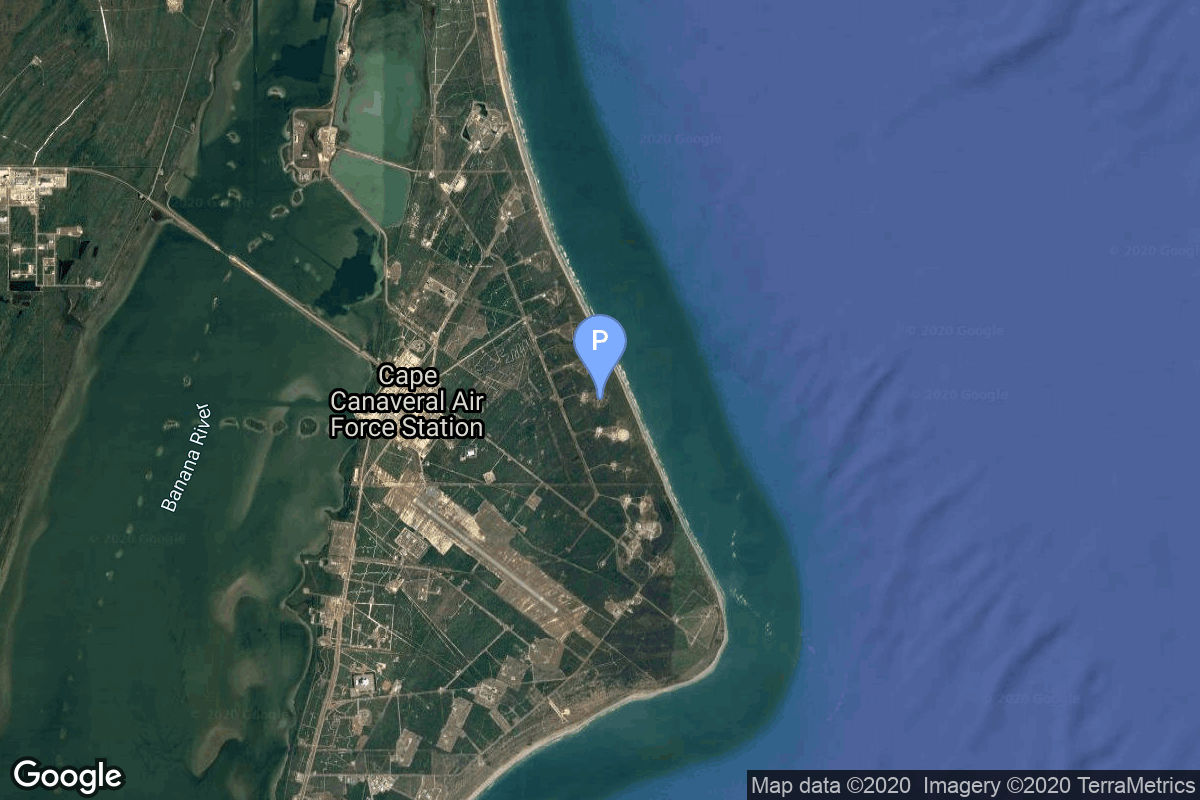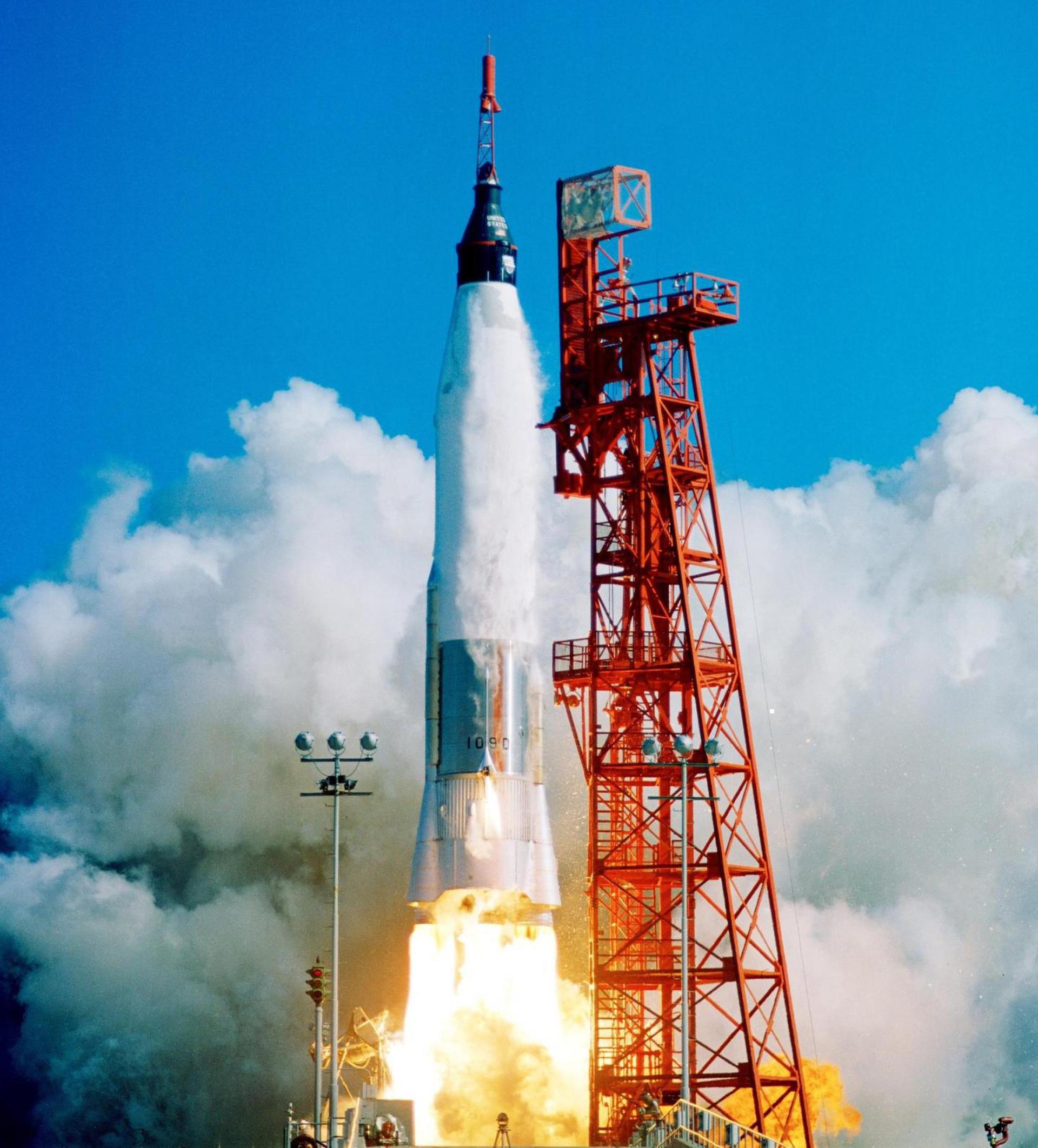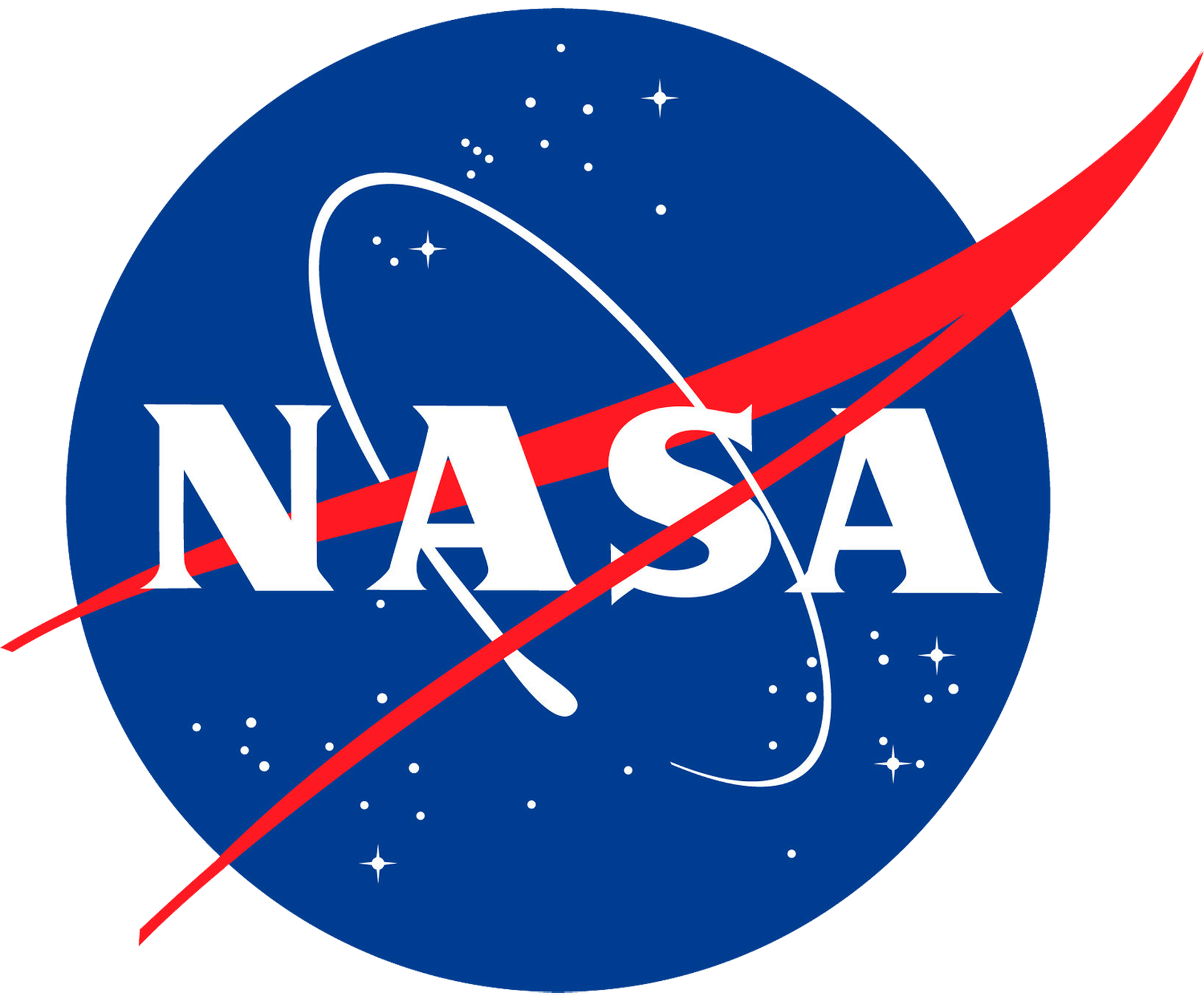Mercury-Atlas 3
Atlas LV-3B
National Aeronautics and Space Administration
Mission
Mercury-Atlas 3
- Type: Test Flight
- Orbit: Suborbital
Uncrewed test flight of the Mercury program. The launch proceeded normally until about T+20 seconds when the pitch and roll sequence failed to initiate and the vehicle instead just continued flying straight upward, requiring early termination of the flight.
Location
Rocket
National Aeronautics and Space Administration Atlas LV-3B
The Atlas LV-3B, Atlas D Mercury Launch Vehicle or Mercury-Atlas Launch Vehicle, was a human-rated expendable launch system used as part of the United States Project Mercury to send astronauts into low Earth orbit. Manufactured by American aircraft manufacturing company Convair, it was derived from the SM-65D Atlas missile, and was a member of the Atlas family of rockets.
Agency
National Aeronautics and Space Administration
The National Aeronautics and Space Administration is an independent agency of the executive branch of the United States federal government responsible for the civilian space program, as well as aeronautics and aerospace research. NASA have many launch facilities but most are inactive. The most commonly used pad will be LC-39B at Kennedy Space Center in Florida.


